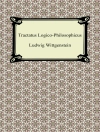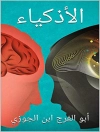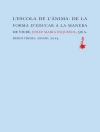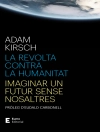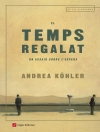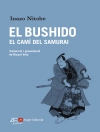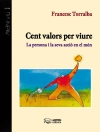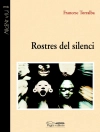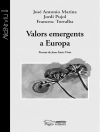Western thinking has long been dominated by essence, by a preoccupation with that which dwells in itself and delimits itself from the other. By contrast, Far Eastern thought is centred not on essence but on absence. The fundamental topos of Far Eastern thinking is not being but ‘the way’ (dao), which lacks the solidity and fixedness of essence. The difference between essence and absence is the difference between being and path, between dwelling and wandering. ‘A Zen monk should be without fixed abode, like the clouds, and without fixed support, like water’, said the Japanese Zen master Dōgen.
Drawing on this fundamental distinction between essence and absence, Byung-Chul Han explores the differences between Western and Far Eastern philosophy, aesthetics, architecture and art, shedding fresh light on a culture of absence that may at first sight appear strange and unfamiliar to those in the West whose ways of thinking have been shaped for centuries by the preoccupation with essence.
विषयसूची
List of Illustrations
Preface
Essencing and Absencing – Living Nowhere
Closed and Open – Spaces of Absencing
Light and Shadow – The Aesthetics of Absencing
Knowledge and Daftness – On the Way to Paradise
Land and Sea – Strategies of Thinking
Doing and Happening: Beyond Active and Passive
Greeting and Bowing – Friendliness
Notes
लेखक के बारे में
Byung-Chul Han is a full-time writer and the author of more than twenty books including
The Scent of Time,
Saving Beauty and
The Burnout Society.


